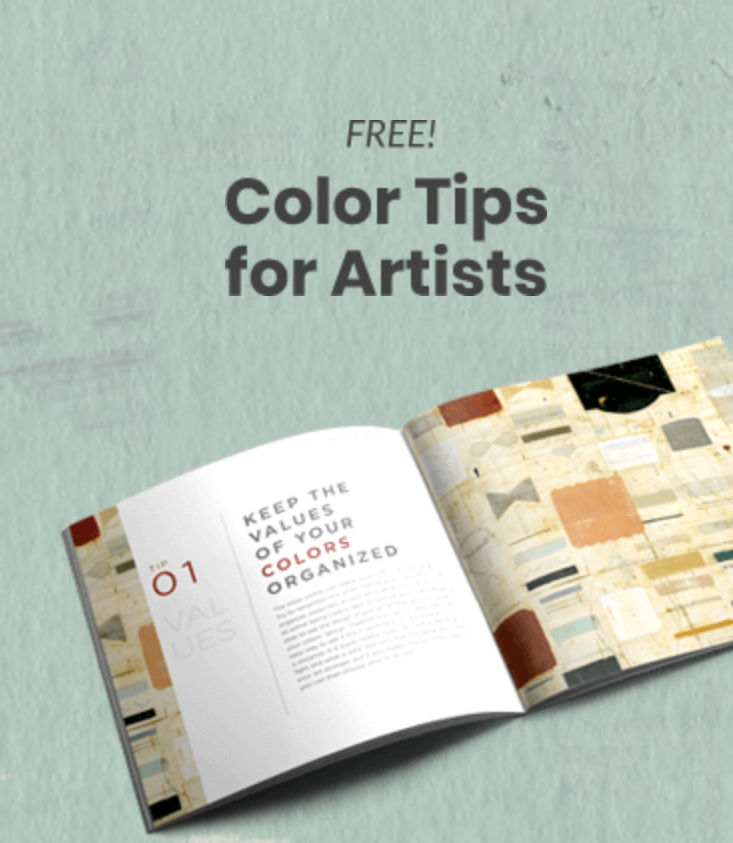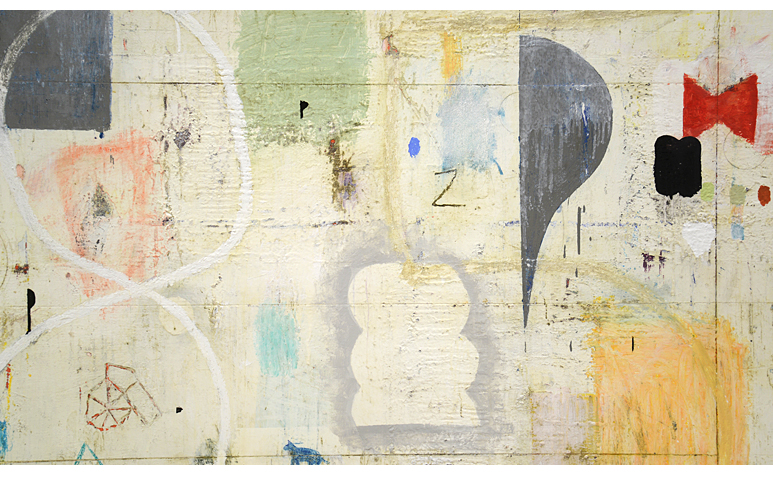I received a question from an artist the other day about how to write an artist’s statement. I obviously can’t comment on what anyone can say about his or her work as everyone’s work is different; I do however, have some observations and guidelines that I use for myself regarding how I write about my work. These might be helpful, especially in relieving some of the anxiety that seems to hover around creating an artist’s statement.
#1 It is about the work.
If your work was unbelievably strong and your artist’s statement only was “See my Art”, I seriously don’t think it would hurt your art career. However, if your Art is rather weak then no clever artist’s statement is going to convince anyone otherwise. In other words, the art trumps the statement. So remember, this statement is pretty puny in comparison to your actual Art. Keep it in perspective. It need not be a big deal.
#2 Write like you Speak
Most of the artist’s statements that I read I honestly do not understand. There seems to be this need for artists, when they are talking about their work, to sound utterly different than they normally do. They use new complex vocabulary words and phrases that leave you marooned in ambiguity. The end result is that you feel alienated from the artist because you don’t understand their language. Art is about connection. Think about the artist’s statement as another way to connect with people. Appearing smart and important because nobody understands you is an accomplishment, but I am not sure it will serve your art career. Keep it simple, but most importantly keep it like you by using your ordinary voice.
[Tweet “”Keep it simple, but most importantly keep it like you” – Nicholas Wilton”]
#3 When in doubt talk about how it feels.
Your work is personal, so your artist statement can be too. You don’t need to have all the answers, all the “whys” of why you make art, figured out. There doesn’t need to be some higher order that your work fits in to justify its existence. It is completely valid because you made it. Period. When I get tongue-tied I go back to how my art feels or what is the feeling I am after in making the work. This keeps it personal and nobody can argue with how or why something makes you feel a certain way. You simply cannot go wrong with writing from a place of authenticity. It works in making Art as well as writing about your Art.
I think it is important to be able to communicate in another way besides visually. The artist’s statement can provide people with an alternate route, a different point of reference to better connect with your work. If you think about that someone, the person who just is so curious about what you do that they are looking everywhere and at anything you have created to glean just a bit more understanding about your work, then this might keep you on track better. Try and be helpful. Try and keep it real and remember it is not just about you… When you are creating your statement, think of this person and help them to better understand what you do.
What has your experience been with artist’s statements, both in terms of writing and reading them? Have you read any that resonate particularly with you?
In gratitude, Nicholas

Hi! I’m
Nicholas Wilton
the founder of Art2Life.
With over 20 years experience as a working artist and educator, I’ve developed a systematic approach that brings authenticity, spontaneity and joy back into the creative process.
Join me and artists from all over the world in our Free Art2Life Artists Facebook Group or learn more here about Art2Life.


